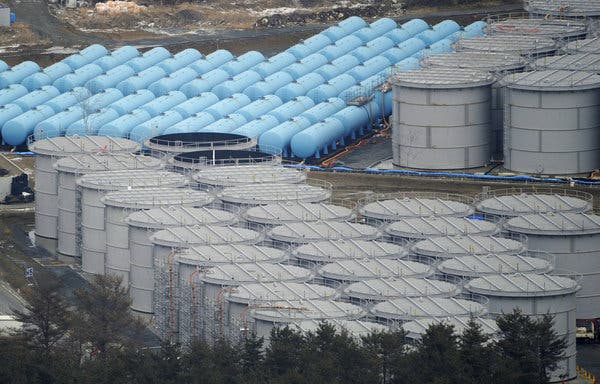In August 2019, Tepco projected that storage of radioactive water at the Fukushima nuclear plant would reach full capacity by around summer 2022 even after the expansion — the first time it has issued such a precise estimate. According to Tepco, the Fukushima No. 1 plant had 960 massive tanks containing 1.15 million tons of treated water as of July 18, 2019. Water that has touched the highly radioactive melted fuel debris has been cleaned up through water treatment machines and is stored in the tanks, but the high-tech treatment machines are able to remove most radionuclides except tritium. The plant currently sees an increase of contaminated water by 170 tons a day, Tepco says.
Releasing tritium-tainted water into the sea in a controlled manner is common practice at nuclear power plants around the world, and it was generally considered the most viable option as it could be done quickly and would cost the least. The head of the Nuclear Regulation Authority, Toyoshi Fuketa, has long said that releasing the treated water into the sea is the most reasonable option, but people in Fukushima, especially fishermen, fear it will damage the region’s reputation.
Addressing those concerns, the government panel, launched in November 2016, has been looking for the best option in terms of guarding against reputational damage. Injecting it into the ground, discharging it as steam or hydrogen, or solidification followed by underground burial have all been on the table. Under the current plan, Tepco is set to increase the tank space to store 1.37 million tons of water a total, but estimates show that will only last until summer 2022. But the more space it creates, the bigger the decommissioning headache becomes.
Excerpts from KAZUAKI NAGAT, Fukushima nuclear plant to run out of tanks to store tritium-laced water in three years, Tepco says, Japan Times, Aug. 9, 2019
BY KAZUAKI NAGATA
